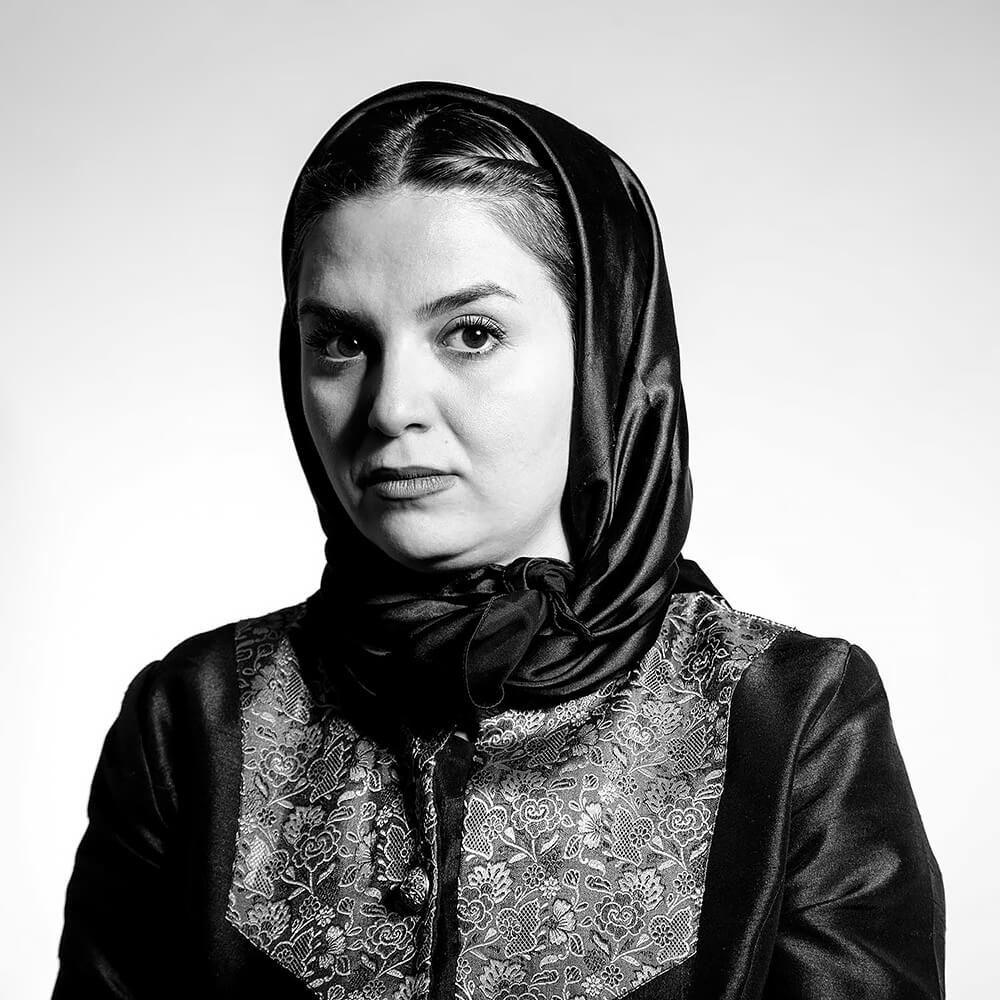I am Mahya Rastegar, born 1980 in Tehran, Iran, a graduate in Photography and a Documentary Photographer, based in Tehran, Iran.
I began to study Graphic Design in 2000, but quit it very soon in 2001 to find my field of interest somewhere else. After many years, in 2010, I started to study Photography, and graduated in 2013.
I am mainly a social documentary photographer, most interested to capture the influential stories of women's lives.From the aspect of appearance, face and fashion, women are different from each other, but they are all the same in the way that all of them make efforts to get stronger in their inner world and possess the ability to live independently.
From 2015 until now, I've been working on a long-term documentary photographing project with topic of Iranian women with influential stories. The collections of photos about each woman have the form of stories of their lives, meaning that I'm talking about the lives of these women by taking pictures of them.
While holding on to the passion of presenting all type of women issues as a woman and after some serious researches and studies, I started shooting Iranian women trough different projects since 2013.
In addition to all my ongoing projects, I have been working on a project called "To Remain Such a Woman" since 2016. I pictured all the women I live inside myself trough more than 10 women living under different conditions in the real/outside world (more on portfolio). This project will be released as a book soon.
Some of my photos had the chance to be released on different pages and magazines such as:
Panospictures, UK, L'HEBDO Magazine, France, Refinery29 Blog, PRI Org, NYTimes, women Photograph: 2018 year in Pictures, welt.de, leparisien.fr, NBC news, Euronews, Photo printing in Lens magazine 2019, Fine art photography awards 2020 (portrait nominee), Tow Phot's from NBCnews.com's November gallery of Women defying stereotypes in Iran won an AI-AP award in 2020.
About Soudabeh
Soudabeh was born in 27 October 1976
Soudabeh is the deputy of women bodyguards in ISBTA association. she said : "l was seeking for a sport-educational system for years to evacuate my excitements and beside that I could be able to protect myself in front of bullies and also in dangerous situations", until I got to know the international security and bodyguard training association or ISBTA. This association legally and officially works.
Soudabeh's son, Pouria, was born in 25 March 1997. He was 10 when Soudabeh got divorced.
Soudabeh has given motivation of independence to his son and Pouria has learned to sport and having a healthy body from his mother.
The first reason I chose Soudabeh was the divorce thing.In Iran ‘s society divorce and being divorced is still a taboo for women. A divorced woman can't easily go to work and still has challenges in her work communications with men. Soudabeh and even me are divorced women and we are facing obstacles in this patriarchal society and we were able to prove ourselves with an appropriate job in this society. Which means we can continue living despite the fact that we are divorced.
Soudabeh has been a body building coach for 8 years.
Before being a coach she used to work in an advertising company in the graphic section.
Soudabeh went to a beauty salon which is owned by one of her students. She is student of body building and she just goes to gym for sport.
Soudabeh, It's right that she is doing a masculine sport but at first she is a woman and then a mother and ultimately she is a woman bodybuilder.
Her position as a deputy in this organization means she can holds ISBTA bodyguard classes for women and she she can teach in this classes as a coach.
